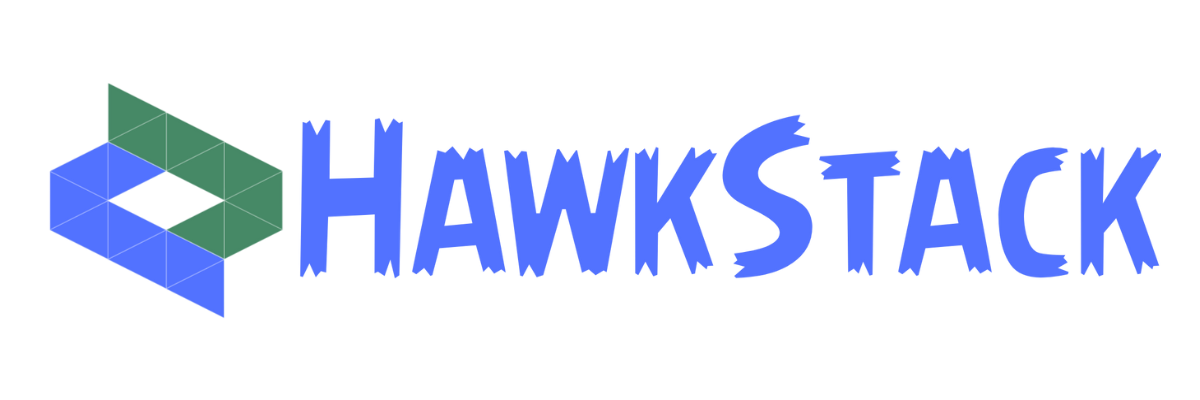Red Hat OpenStack Administration I: Core Operations for Domain Operators (CL110)
Red Hat OpenStack Administration I teaches you how to operate a Red Hat OpenStack Platform private cloud, manage domain resources, and deploy secure, scalable cloud applications, networks, and storage.
Course Overview
Red Hat OpenStack Administration I (CL110) equips you to manage a Red Hat OpenStack Platform (RHOSP) single-site overcloud. First, you’ll learn to create secure project environments, manage user privileges, and deploy scalable cloud applications. In addition, the course covers OpenShift integration, load balancing, identity management, monitoring, proxies, storage, and Day 2 operations.
Course Content Summary
In the Red Hat OpenStack Administration I (CL110) course, you’ll gain practical, hands-on experience managing a production OpenStack overcloud. Moreover, you’ll learn to operate OpenStack using both web-based and command-line tools, while at the same time building the skills needed to handle real-world cloud environments.
Key Skills Covered Include:
Firstly, launching instances for various use cases.
Secondly, managing domains, projects, users, roles, and quotas in a multi-tenant setup.
Next, configuring networks, subnets, routers, and floating IPs.
In addition, securing instances with group rules and access keys.
Furthermore, managing block, object, and shared storage.
Also, customizing instance launches using cloud-init.
Finally, deploying scalable applications with stack templates.
Prerequisites
To enroll in this course, you should be a Red Hat Certified System Administrator (RHCSA) or have equivalent experience. If not, you are encouraged to take a skill assessment to determine whether you’re ready for the course.
Course Outline
Introduction to Red Hat OpenStack Platform
Describe OpenStack personas, launch an instance, and describe the OpenStack components and architecture.
Manage application projects in a multitenant cloud
Create and configure projects with secure user access and sufficient resources to support cloud user application deployment requirements.
Manage OpenStack networking
Describe how IP networks are implemented in OpenStack, including fundamental TCP/IP stack behavior, software-defined networking elements, and the common types of networks available to self-service cloud users.
Configure resources to launch a non-public instance
Configure the requisite resource types for launching a basic non-public instance, including vCPUs, memory, and a system disk image, and launch an instance of an application component that runs in a tenant network with no public access.
Configure virtual machine system disks
Identify the available choices for configuring, storing and selecting block-based virtual machine (VM) system disks, including the choice of ephemeral or persistent disks for specific use cases.
Provide additional storage strategies
Identify the available choices for additional cloud storage techniques, including object-based storage, network file sharing, and volumes sourced from a file sharing service.
Configure resources to launch an instance with public access
Identify and configure the additional resource types required to launch instances with public access for specific use cases, including networking and access security elements.
Automate customized cloud application launches
Configure and deploy a typical multi-tier cloud application stack, defined as an architected template of scalable VM instances, including per-instance launch customizations.
Manage cloud application placement
Introduce overcloud layouts more complex than a single site, and explain the management resources to control the placement of launched instances, including segregation elements such as cells and availability zones, and placement attributes such as requisite compute node resources.
Course Outcome
Impact on Your Organization
This course equips you with the skills to operate and manage a private cloud, enabling cost savings, regulatory compliance, and seamless integration with legacy systems. You’ll learn to create and manage project resources, networks, and templated applications—minimizing the need for physical infrastructure.
The latest release introduces key enhancements, including service containerization, improved installation and management tools, a redesigned application load balancer, and expanded OpenStack CLI features. Note that PackStack is now fully deprecated.
Impact on the individual
By completing this course, you’ll gain a deep understanding of private and hybrid OpenStack cloud architecture and the skills to manage and troubleshoot software-defined networks, resources, servers, and applications in scalable environments.
Key skills you’ll develop:
- Design and deploy on-demand projects, networks, and VM instances.
- Set up a proof-of-concept OpenStack environment for testing and development.
- Manage networks, security rules, images, flavors, and storage.
- Create, customize, and scale advanced VM applications and stacks.

